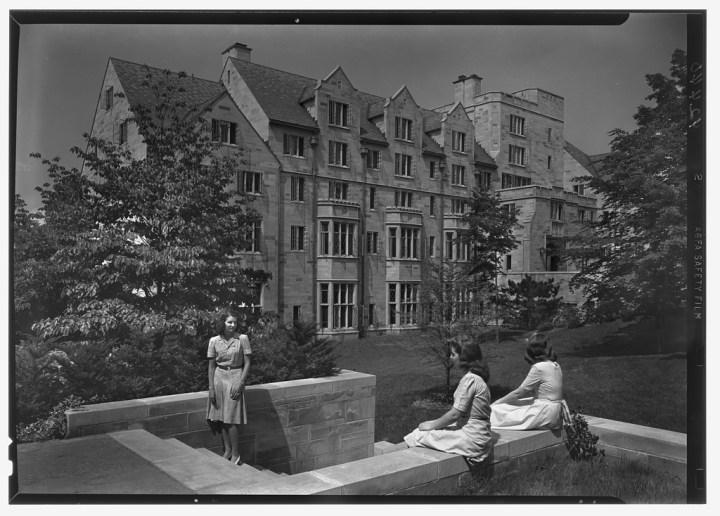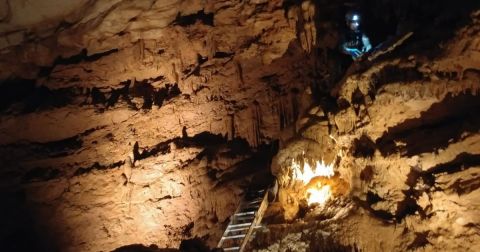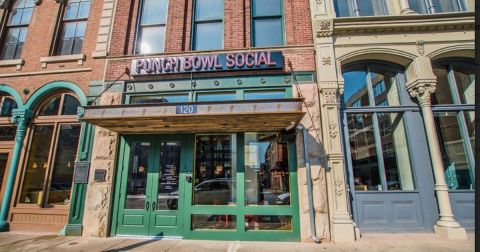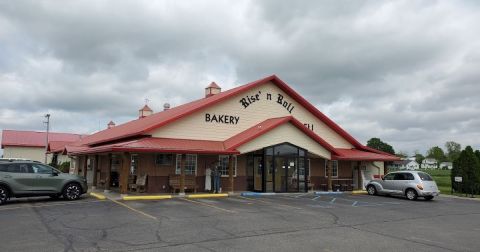These Eye-Opening Photos Show What Indiana Life Was Really Like In the 1940s
The 1940s were a tumultuous decade for the whole world. We have shared photos from Indiana during the Great Depression and WWII, but Hoosier life at home varied greatly from big cities to small towns.
Farmers faced new challenges brought on by the war, students at Indiana University saw many of their classmates enlist and leave, and chaplains training at Fort Benjamin experienced both seminary training and battle preparation. Luckily, many families were able to continue to live normal lives.
We have gathered together photos from the era, both beautiful and thought provoking, to give you a peek into the past, showing the broad diversity of everyday life in Indiana in the ’40s.


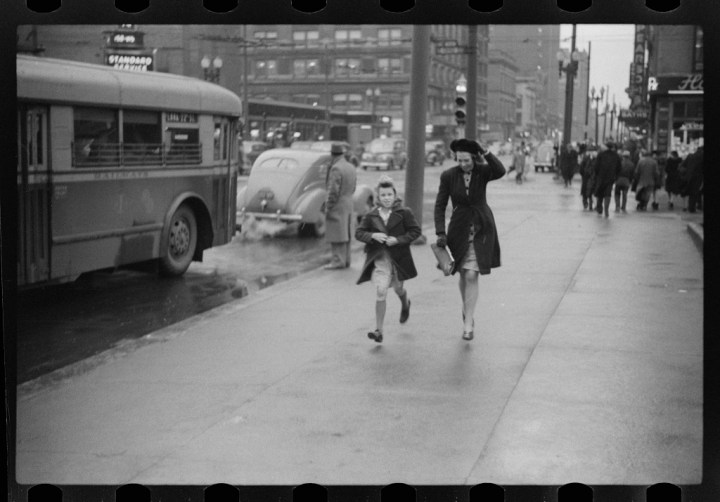
These 1942 photos from a rainy day in Indianapolis show us that the hustle-and-bustle of city life carried on, no matter the weather or the political climate of the era. We love candid shots like these for their focus on the people: businessmen on the go, families, and couples—especially the well-dressed ladies (we love their hats!)


Look at how much department stores have changed! Today we sift through tightly packed racks, but shoppers in the 40’s certainly had more room to move. I admit that I do love a new pair of cute shoes, but I am suddenly wondering why I need so many t-shirts… oh, the paradox of choice!
See, too, how the cars have changed—this lineup in Rockville looks much different than the modern parking lot!




With fewer personal cars on the roads, many people travelled by Greyhound bus and trains. These lines of passengers waiting to board, as well as those stuck in the station, give us another great snapshot of the era.


Shots like these, of couples saying goodbye and officers preparing to ship out, break our hearts a little; we hope these brave soldiers made it back to their loved ones.
This photo is from Indiana University’s Morrison Hall, with students headed to class (or relaxing on their break).



Why don’t we go bowling anymore? The Lucky Strike Lanes were a fun place for friends to meet up, although we cannot imagine rolling a strike in a skirt like that! We love the behind-the-scenes shot of the Pin Boy organizing the rack for the next frame. Pool halls were another popular place to gather.
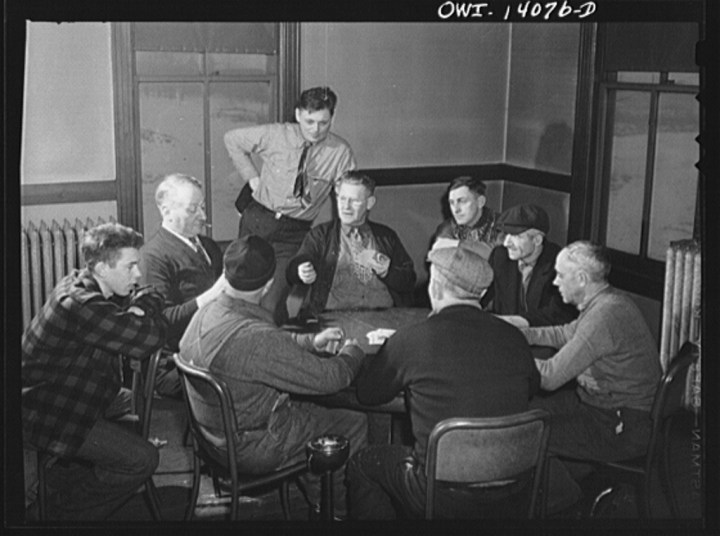
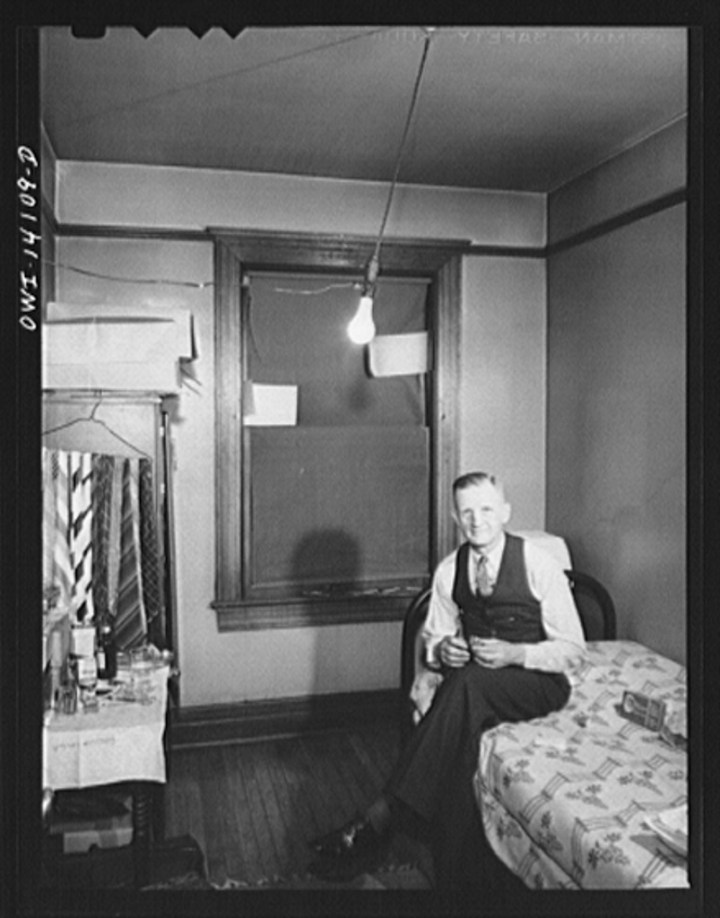

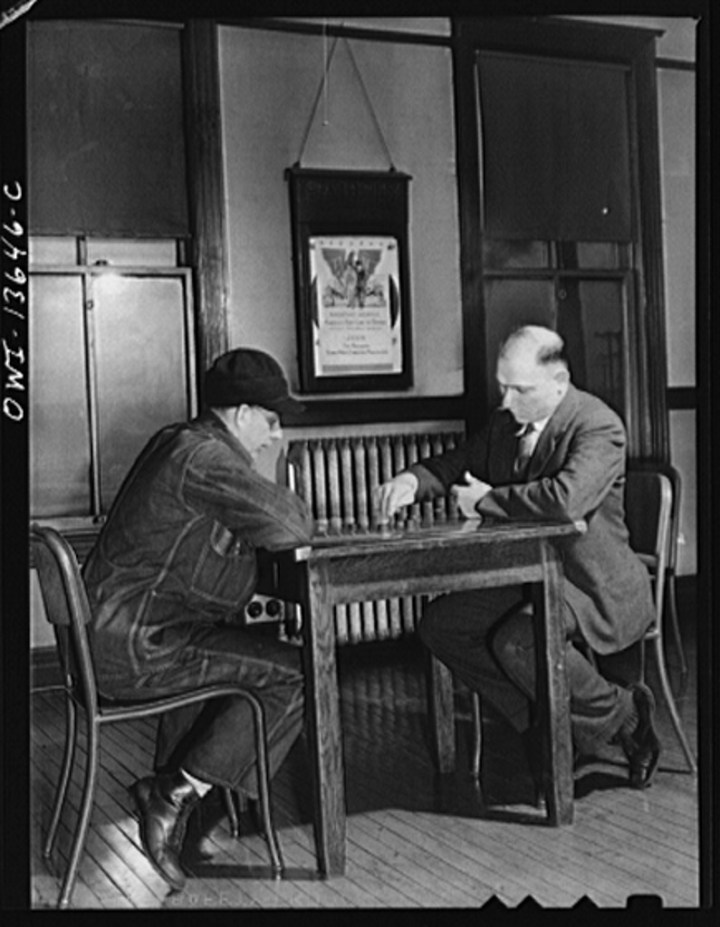
The YMCA played a much greater role back in the day. Although many of us think of it as “that goofy dance you do at sports games,” the Young Men’s Christian Association has been around since 1844, and, especially in recent years, adapted their focus from strictly religious work onto an gender-inclusive community-building program. With adult education classes, food facilities, and safe rooms, “The Y” was a common place to stay for travellers and soldiers, as well as a community gathering spot for men of all ages. The YMCA held movie nights and card games, like the ones you see here.
The primary role of military chaplains is to provide emotional and spiritual support for active servicemen; however, WWII was a dangerous time for anyone abroad. The Army Chaplain School at Fort Benjamin Harrison trained their recruits in many skills, including gas-mask use, advanced mapping and sighting, and first aid, in addition to their ministry practice of many different religious disciplines. You can find more photos of their intensive training in the WWII article, but here is a look at their primary discipline:





Outside of city life, farmers in the 1940s saw huge changes in their field (no pun intended), many of which strongly affected their business.
Although cooperative farming has long been a prominent feature of the business, the need to produce more food with fewer workers drove farmers together. The FSA began to set up its own co-op farmsteads throughout the Midwest. The program was controversial, especially due to the nation’s attitude toward socialism. “Homesteads” became “farmsteads,” with many families who had been forced to take “relief” during the Depression living and working shared fields.
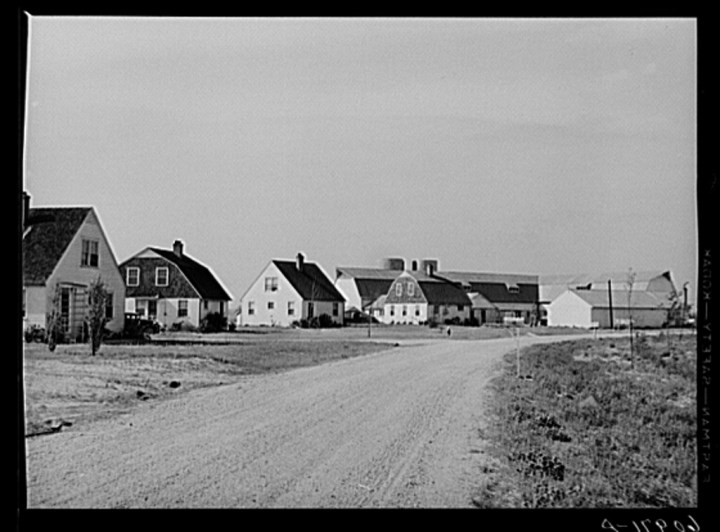


Technological advances in farming equipment led to greater efficiency, but many farmers were hurt by forced relocation so their pastureland could be used for railroads and ammunition depots. This man, Luther Corbin, is standing on the front porch of his farm house in Martin County, Indiana. He watched as his fields were torn up, but chose to stay in his home until it was demolished as well.
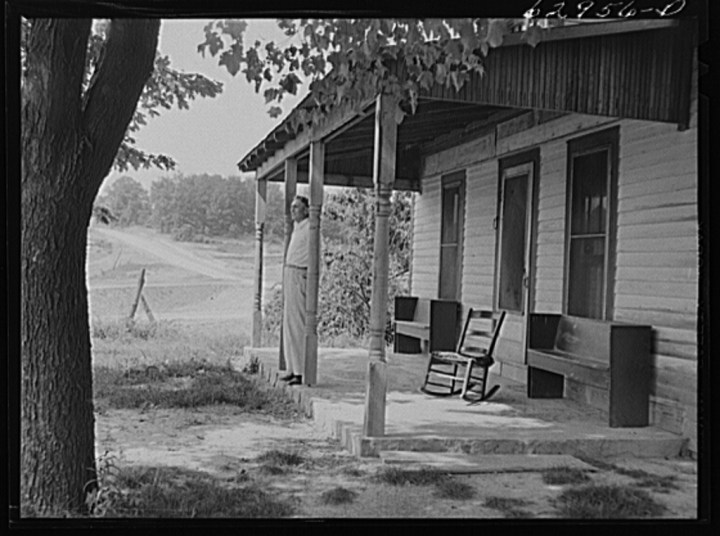

For small town folks, life did not look so bad. Although they were certainly affected by rationing and other wartime limitations, many families had recovered from the hardships of the Great Depression. We were excited to find these photos of happy Hoosiers at picnics, children playing in local parks, and others just relaxing or socializing.

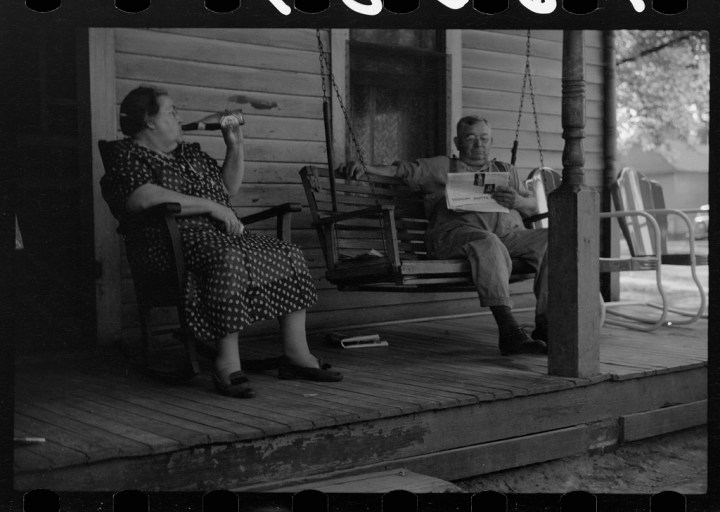



With a history like this, it’s easy to see how much diversity in lifestyle still exists in Indiana today; between major cities and rolling farmlands, from its Northern to Southern tips, in the Amish communities and industrial centers. Photos like these make us appreciate the whole Hoosier experience!
OnlyInYourState may earn compensation through affiliate links in this article. As an Amazon Associate, we earn from qualifying purchases.



